The Lowdown
The Vivo V27 and V27 Pro are excellent phones that offer excellent cameras at reasonable prices. Not every car is a sports car, and not every phone is a flagship, but these are phones you’ll be happy to daily drive any day!
Overall
Pros
- Solid build quality
- Excellent cameras
- Big bright screens
- Back colors look cool
- Speedy interface
- Affordably priced unlocked phones
Cons
- No headphone jack
- Lots of apps come preinstalled, and some of them can’t be uninstalled
- They aren’t available in the US unless you are willing to buy them from a reseller
We get quite a few good phones in the USA, but there are a lot of great devices out there beyond our borders. Vivo makes phenomenal phones, and we were given the chance to check out the Vivo V27 and V27 Pro devices. Are they worth seeking out if you have access in your country or if you’re willing to buy on the gray market? Read on to find out!
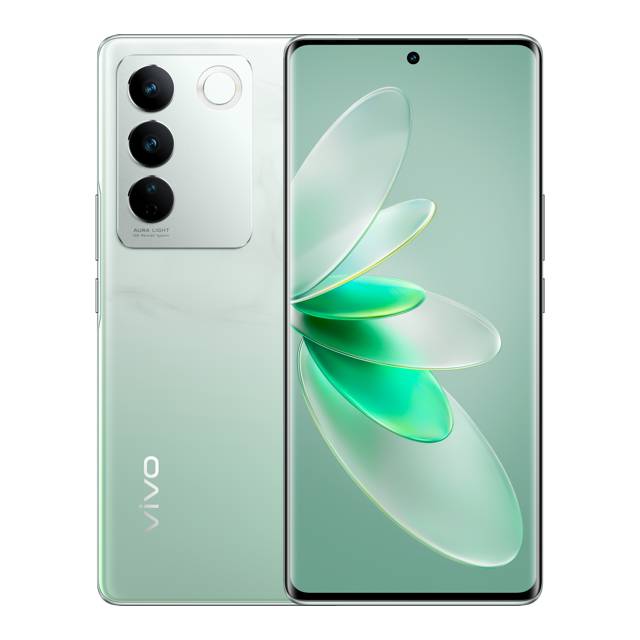
Comparing the Vivo V27 and V27 Pro
On paper, the Vivo V27 and V27 Pro are nearly identical. Both phones are unlocked from any carriers, and the main differences are that the Pro sports a MediaTek Dimensity 8200 chipset while the regular V27 sports a Dimensity 7200, and the Pro supports rapid charging.
Basically, the Pro has a slight edge in future-proofing, but the difference is minimal.
What both phones do offer is a laundry list of everything you might want in a 2023 smartphone: a 50-megapixel rear camera with an 8-megapixel wide angle and 2-megapixel macro lenses, plus a 50-megapixel front-facing camera for the best selfies you’ll ever take.
The cameras also support night mode for better photos taken in poor light and the “Aura Light Portrait System” that lights up your face during selfies, even in low light.
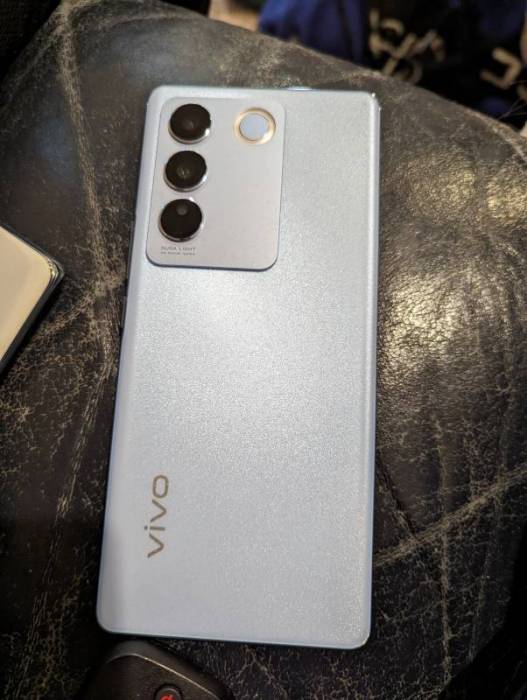
Vivo V27 Pro
On either phone, you can enjoy browsing all your great photos with the 6.78″ display, which sports a 2400×1080 resolution, and the 4600mAh battery will keep you going for quite a while.
The phones run Android 13 skinned with Vivo’s Funtouch OS 13, and they support USB-C charging but not wireless charging.
Like most phones these days, there’s no headphone jack, but there is dual-SIM support up to 5G (depending, obviously, on your network), and you’ll have plenty of storage and multitasking with both phones offering up to 256GB of storage and 12GB of RAM as a top configuration.

Vivo V27
Physically, the phones are both instantly recognizable as Android devices, but they also have some design language that makes them stand out.
They’re slabs with screens, but they feel rock solid; nothing creaks or feels uneven. At 7.4mm (about .29″), they’re nice and thin, so depending on the size of your hands and how clumsy you are, you may or may not find them more comfortable with a case.
They sport screens that curve slightly on the left and right edges; this does provide the effect of making the screen feel bigger, but it also means you have to be careful about hitting the edges and accidentally selecting something.
Overall, they’re standard Android phones with a USB-C charger on the bottom with the SIM card tray, power and volume grouped on the right, and a clean, simple design.
The camera array on the back is a rectangle with three camera lenses in a row and a flash to the upper right.
It’s hard to say there’s a technical difference between bunching the camera in one corner versus a more horizontal array, but aesthetically, I like the horizontal arrays better. It just makes the back look weirdly busy when everything concentrates in one corner.
On the other hand, the colors of the V27 phones are gorgeous. The V27 Pro is an eggshell, matte blue, while the regular V27 is what Vivo calls “emerald green” but is really more of a marbled, almost ombre look that goes from darker to lighter. They’re pretty to look at, and it’s nice that Vivo included clear cases so you can show off the colors!
Vivo V27 and V27 Pro Software
Funtouch OS is a serviceable interface. It looks like the typical Android with maybe a slightly softer touch to some of the icons. Vivo offers the usual Google apps like the Play Store, Gmail, Google Photos, etc., and they also preinstalled a number of their own or partner apps.
There’s a proprietary notes app, their own V-Appstore, a separate gallery, and a slew of preinstalled apps from Facebook to LinkedIn to TikTok and more (67 apps are preinstalled in total).
The one odd thing is that every proprietary app had its own “End-user agreement” that you had to agree to in order to open it (as opposed to agreeing to everything when I set up the phone). One very cool twist is that you can set up split-screen, allowing you to, say, google while looking at directions.

It’s important to note that some of Vivo’s apps offer in-app purchases. For example, the Themes app costs money for a lot of the choices, and obviously, the V-app store has its own ability to purchase apps.
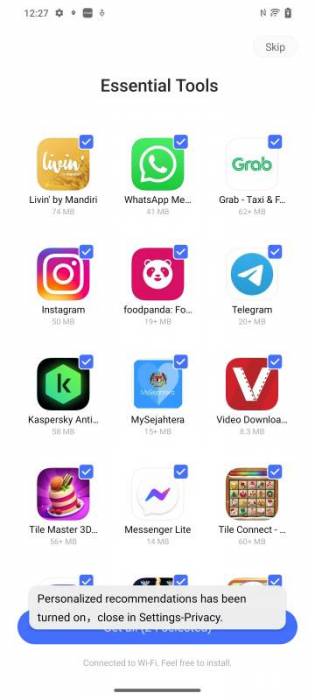
You can uninstall many apps (unless they look like something you might use), but you can’t remove or disable Themes, the V-Appstore, or the other Vivo-specific apps.

So many terms and conditions.
Overall, the software experience is exactly what you’d expect from a 2023 Android smartphone. It’s easy to tweak and adjust the interface to your tastes, and honestly, for the purposes of what I do on a phone, I didn’t spot much of a difference between the Dimensity 7200 and 8200.
However, due to geographical restrictions, we couldn’t test 5G connectivity, and it’s possible/probable that the 8200 will support more intensive apps or have a little bit of a performance boost. If you’re gaming or editing video and photos often on your phone, the Pro may stand out for the faster charging and slightly speedier chipset.
Vivo V27 and V27 Pro Cameras
Vivo really showcases the cameras for these phones, so let’s take a look.
They’re especially enamored of the selfie modes, so we’ll start there. Again, because the cameras are the same, I’m just using one example from the Vivo V27 and then comparing it to similar shots taken with my Pixel 7.
The biggest difference is that Vivo’s portrait mode under selfies smooths things out … a lot. Note that in the below pictures, the Vivo took both at the same time, but one was with portrait mode (with default beauty filter on), and one was with the high definition setting:

Vivo V27 Portrait with the beauty filter.
As you can see, my nascent upper lip hair disappears in portrait mode, the pimple on my chin is gone, I’ve somehow been de-aged a few years, and my complexion is whiter and rosier. You can change this effect by switching from “beauty” to “natural,” which reduces the smoothing effect slightly.

High-definition selfie on the Vivo V27.
The HD mode, while the equivalent of your painfully blunt friend, is more accurate to what I really look like in a selfie.

Pixel 7 selfie.
Meanwhile, my Pixel 7 takes a decent selfie in both portrait and camera mode but doesn’t have the extra lighting boost the Vivo offers.

Portrait mode on the Vivo V27

Regular mode on the Vivo V27.
Portrait and regular camera modes honestly looked pretty similar on the Pixel 7 and the Vivo V27. I would say the Pixel had slightly warmer colors while the Vivo was a touch more washed out, but the only way to really make that assessment is to sit with the two photos side by side.
Otherwise, the Vivo captures the knife’s design quite well, especially in portrait mode; I have zero complaints about the quality of the photos.

Portrait mode on the Pixel 7.

Regular mode on the Pixel 7.
Finally, like any good phone in 2023, the V27 handles night mode quite well:

Vivo V27 night mode

Pixel 7 in night mode.
Should You Buy a Vivo V27 or a V27 Pro?
If you’re in a country where the Vivo phones are sold at retail (per their website, that would be Bangladesh, Laos, Nepal, Singapore, India, Malaysia, Philippines, Thailand, Indonesia, Myanmar, and Russia), they’re definitely worth checking out.
For the rest of us, you can track them down on eBay, with prices ranging from $499 to around $680, depending on whether you go for the Pro and what memory configuration you choose.
The impressive part is that the Vivo V27 and V27 Pro are excellent phones offering fantastic cameras at reasonable prices. Not every car is a sports car, and not every phone is a flagship, but these are phones you’ll be happy to daily drive any day!
You can learn more about the V27 by clicking here and the Vivo V27 Pro by clicking here.
The Vivo V27 starts at about $400.46 USD, and V27 Pro starts at about $461.13 USD; they are available from Flipkart and Croma in certain countries, and for the rest of the world, from resellers on eBay.
Source: Manufacturer supplied review samples
What I Liked: Solid build quality; Excellent cameras; Big bright screens; Back colors look cool; Speedy interface; Affordably priced unlocked phones
What Needs Improvement: No headphone jack; Lots of apps come preinstalled, and some of them can’t be uninstalled; They aren’t available in the US unless you are willing to buy them from a reseller

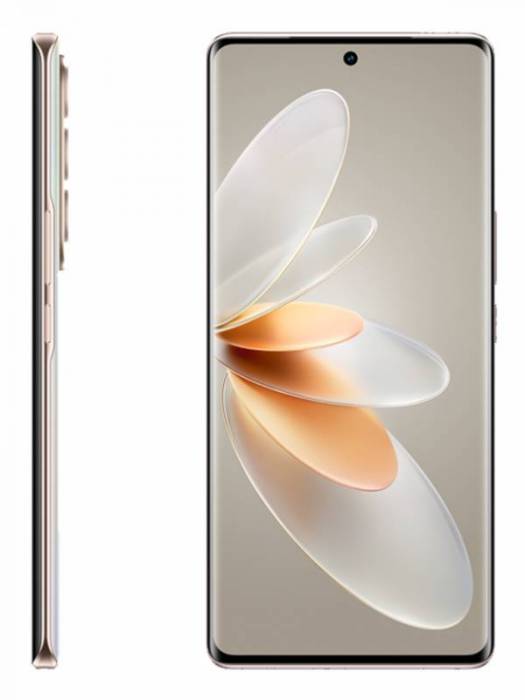
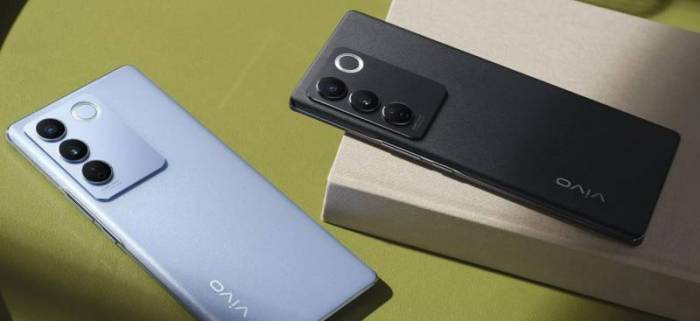
Be the first to comment on "Vivo V27 and V27 Pro Review: Quality, Affordability, and Impressive Cameras"